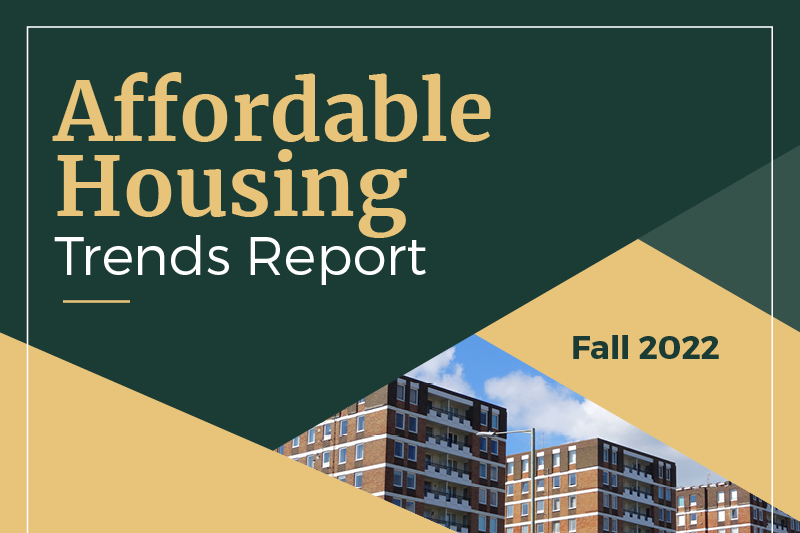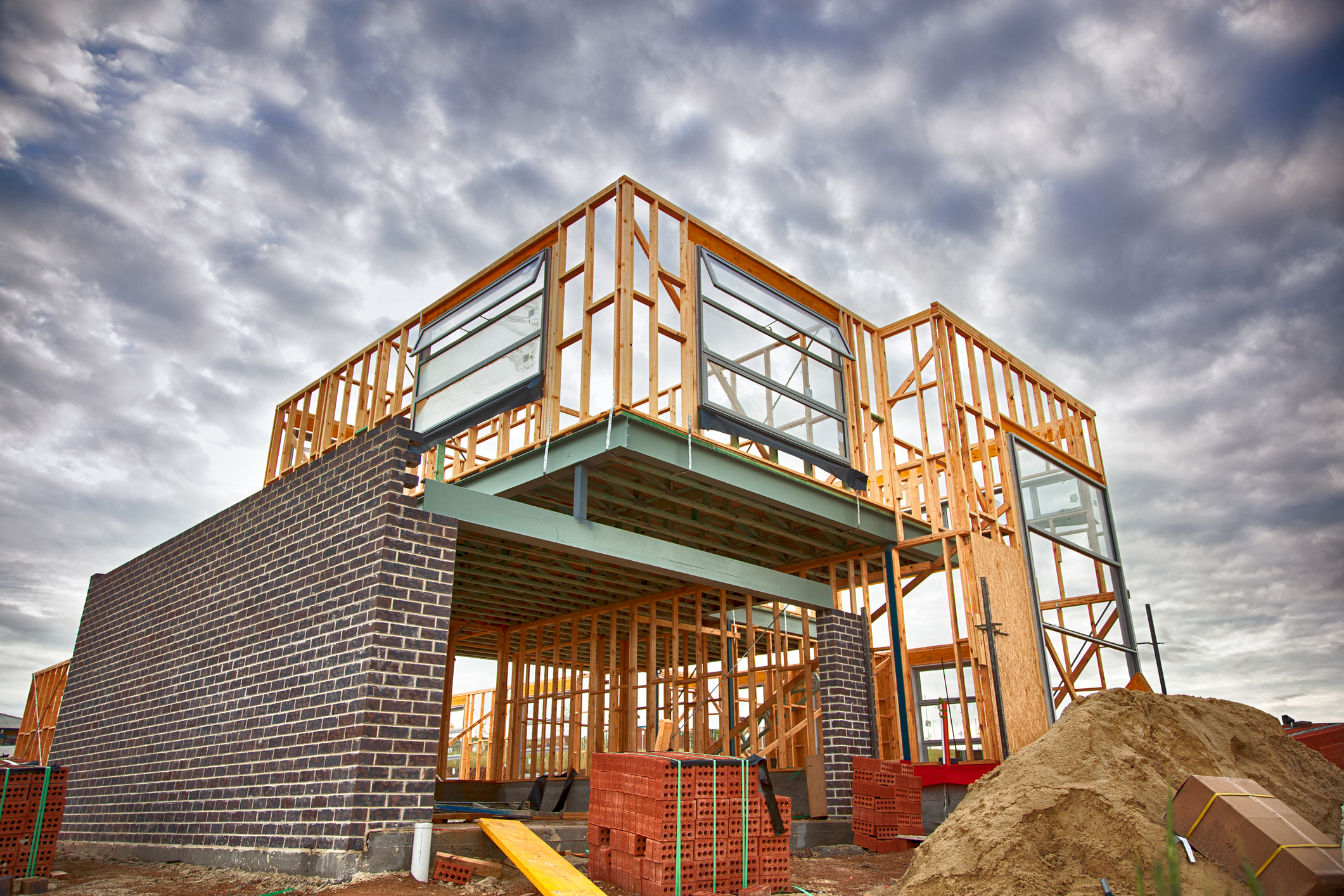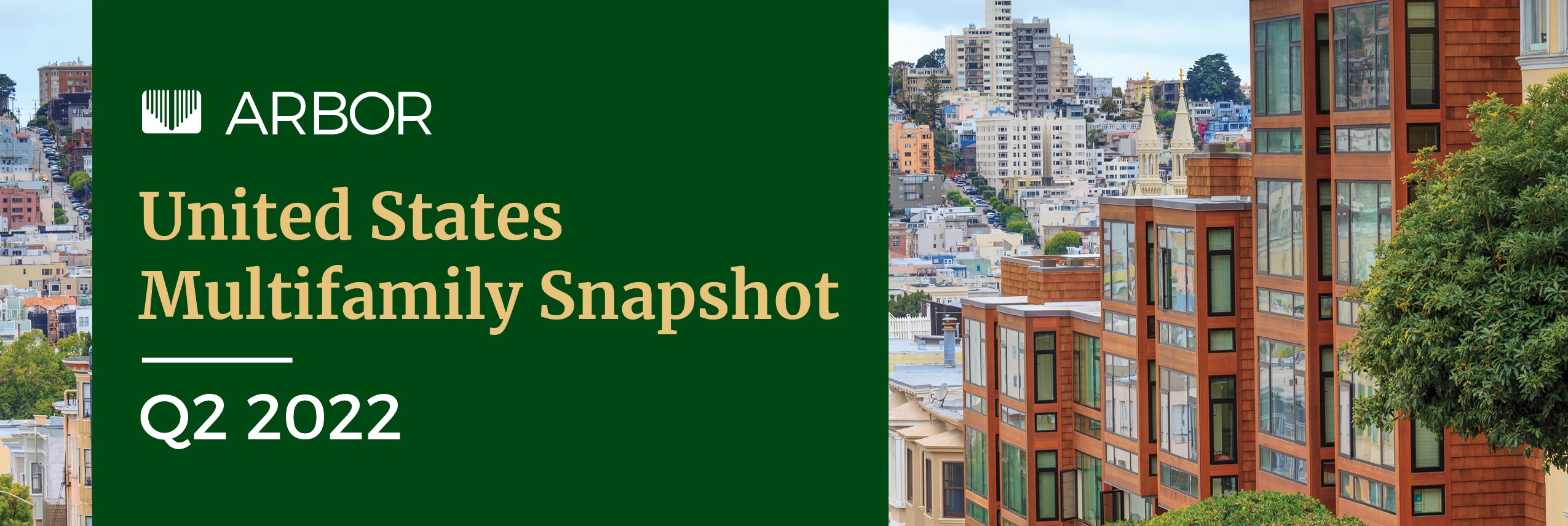Press Releases
Multifamily Lender Strives to Leverage Strong Performance to Attract Top Boston Talent BOSTON, MASSACHUSETTS – July 31, 2023 – Arbor Realty Trust (NYSE:ABR) announces a new and larger office location at 501 Boylston St., a historically significant Class A property close to Copley Square in Boston’s lively Back Bay neighborhood. Arbor, which has 15 offices in cities across the United States, moved its 88-member Boston team from 1 Lincoln St. in expectation of the team’s expansion and growth, and with the recognition that Boston’s thriving economy and talent pool is also creating opportunities in our core business of multifamily lending. Boston has had 8.5% annual rent growth through April 2023 and is presently the third-tightest multifamily rental market in the United States, our proprietary research reveals. This past Friday, Arbor Realty Trust reported an outstanding second quarter and a dividend increase to $0.43, reflecting a 12th increase in the last 14 quarters. Join Us – Arbor is Hiring in Boston and Nationally Are you interested in a career in multifamily lending? Arbor is hiring in Boston and at many other locations. Advance your career Read the full article…
Articles
After the historic rental housing bull run of the 2010s and the early 2020s, the open question is: can it maintain this momentum over the next cycle? While the answer is highly debatable, trends in demographics, preferences, and market conditions show the presence of significant tailwinds that will continue to propel investment prospects forward. Chandan Economics, Arbor’s research partner, analyzed historical data from the U.S. Census Bureau to project how Generation Z could impact the future of the rental housing market.
Articles
Did you know that insurance costs for owners, operators, and developers of rental housing have climbed by an average of 26% over the last year? Rising interest rates and other economic headwinds make 2023 different than other years. If you need to acquire or renew rental property insurance, there are a few things you should know.
Articles
Last month, the Department of Housing and Urban Development (HUD) announced the removal of the $25 million loan amount cap for transactions under the Low-Income Housing Tax Credit (LIHTC) Pilot Program. Heralded as a massive win for affordable housing, this opens the door to more investment in a sector where tenant demand outweighs available supply.
Articles
Environmental, social, and governance (ESG) programs do more for a company than meets the eye. This emerging framework, which reimagines how corporations interact with the world around them, can boost profitability and valuation. But did you know ESG programs also provide lesser-known benefits that are equally valuable to investors and other stakeholders?
Articles
Utah is quietly having a moment. Already a national leader in natural population increase and state-level population growth, its nexus of metros, including Salt Lake City, Provo, and Ogden, has attracted increasing numbers of young, high-income renters due to its affordability, robust labor market, and exciting outdoor activities.
Articles
SFR’s significant structural support has enabled it to take noticeable steps forward, while other commercial property types have been merely treading water.











